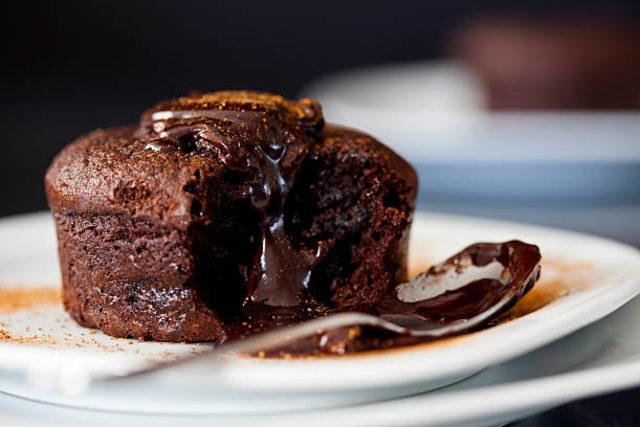
Antibiotics have been completely banned as feed additives in European Union since 2006 because they are suspected of contributing substantially to increasing resistance among human pathogens. A major concern of this review is to summarize the role of ES as a substitution of antibiotic growth promoters, the effect on rumen digestion and improving animal performances.

They are being used to treat gut disorder and diseases. They help to maintain microflora balance, inhibit gut pathogens and reduce shedding of foodborne bacteria. Essential oils as natural feed additives to enhance fiber digestion, reduce methane production, increase microbial protein synthesis and improve microbial activity. Different type of EOs from a wide range of herbs and spices have been identified to have the potential for rumen manipulations and enhancing animal productivity as alternatives to chemical feed additivities. Since the middle ages, essential oils have been widely used for bactericidal, virucidal, fungicidal, antiparasitical, insecticidal, medical and cosmetics applications, especially now a day, in pharmaceutical, sanitary, agriculture and food. These studies showed that the product with good slow-release and water-retention properties, being environmentally friendly, would find good application in agriculture and horticulture.Įssential oils (EO) are volatile aromatic compounds extracted from whole plants, are secondary metabolites usually made up of terpenoids and phenylpropanoids. The results showed that the glass transition temperature (Tg) of EC coating decreased with the time prolonged, which indicated the biodegradability of EC coating in soil. Additionally, the biodegradation of EC coating in soil was assessed by differential scanning calorimetry (DSC) measurements. The nitrogen content of the product was 21.1% and its water absorbency was 70 times its own weight in tap water. The structural and chemical characteristics of the product, as well as its efficiency in slowing the nitrogen release and water evaporation in soil were examined. Ethylcellulose (EC) and crosslinked poly(acrylic acid-co-acrylamide) (P(AA-co-AM)) were used as inner and outer coating materials, respectively. The aim of this study was to prepare a double-coated, slow-release, and water-retention urea fertilizer (DSWU) to reduce environment pollution derived from excessive nitrogen fertilizer use. Keywords: Antibiotic resistance, Immune response, Growth performance, Poultry Literature depicts the extending horizon in the exploration of natural feed additives in In the poultry feed but there are inquiries concerning their activity, metabolic pathwaysĪnd standard inclusion level in poultry, which are yet to be investigated in detail. Microbes, inhibit pathogens and cure various diseases.

Improve enzymatic secretions, trigger immune response, proliferate beneficial It is a common practice to addĮOs in poultry feed in the current era to enhance the feed intake, growth performance, Parameters and feed efficiency in poultry production. Replacement of synthetic feed additives in order to enhance the growth performance AGPs after beingīanned in 2006, essential oils (EOs) are preferred over them and used as a Need for research to find out the protective and efficient alternatives. Problems and the development of antimicrobial resistance strains, thus advocating the

(AGPs) has heightened at an alarming condition due to their contribution to health Abstract: Public concern on excessive application of antibiotic growth promoters


 0 kommentar(er)
0 kommentar(er)
